Collecting And Storing Morning Glory Seeds: How To Store Seeds Of Morning Glories
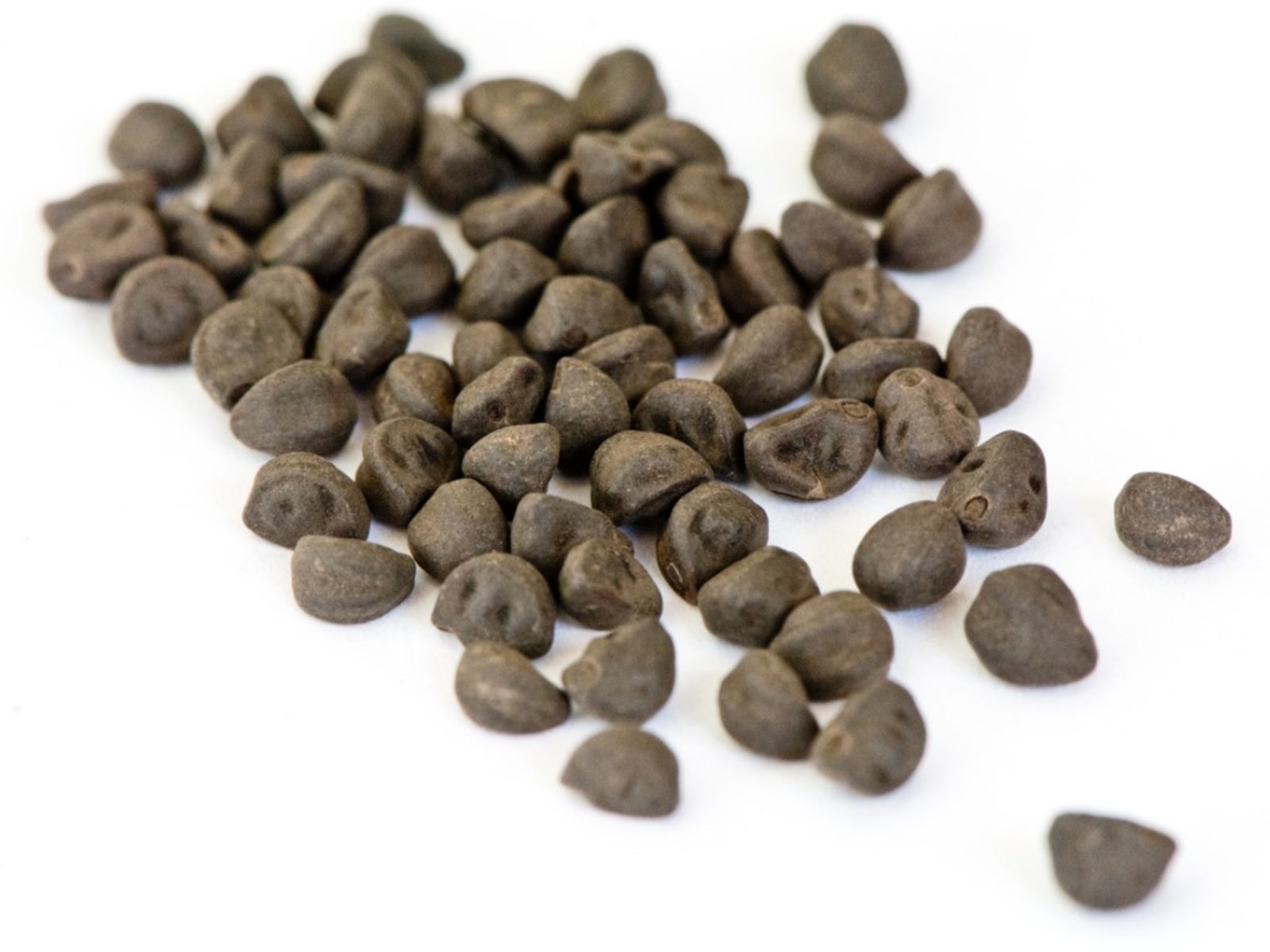
Morning glory flowers are a cheerful, old-fashioned type of bloom that gives any fence or trellis a soft, country cottage look. These quick-climbing vines can grow up to 10 feet (3 m.) tall and often covers the corner of a fence. Grown early in the spring from morning glory seeds, these flowers are often planted over and over again for years. Frugal gardeners have known for years that saving flower seeds is the best way to create a garden for free, year after year. Learn how to save seeds of the morning glory to continue your garden in next spring's planting without buying more seed packets.
Collecting Morning Glory Seeds
Harvesting seeds from morning glory is an easy task that can even be used as a family project on a summer day. Look through the morning glory vines to find dead flowers that are ready to drop off. The blooms will leave a small, round pod behind at the end of the stem. Once these pods are hard and brown, crack one open. If you find a number of small black seeds, your seeds of morning glories are ready for harvest. Snap off the stems below the seed pods and collect all the pods in a paper bag. Bring them into the house and crack them open over a paper towel-covered plate. The seeds are small and black, but large enough to spot easily. Place the plate in a warm, dark spot where it won't be disturbed to allow the seeds to continue drying. After one week, try to pierce a seed with a thumbnail. If the seed is too hard to puncture, they have dried enough.
How to Store Seeds of Morning Glories
Place a desiccant packet in a zip-top bag and write the name of the flower and the date on the outside. Pour the dried seeds into the bag, squeeze out as much air as possible, and store the bag until next spring. The desiccant will absorb any stray moisture that may be remaining in the seeds, allowing them to stay dry throughout the winter without danger of mold. You may also pour 2 tablespoons (30 ml.) of dried milk powder onto the center of a paper towel, folding it over to create a packet. The dried milk powder will absorb any stray moisture.
Gardening tips, videos, info and more delivered right to your inbox!
Sign up for the Gardening Know How newsletter today and receive a free copy of our e-book "How to Grow Delicious Tomatoes".
-
 Looking For Plants To Give You The Soft And Fuzzies? Try These 5 Fuzzy Leaf Plant Options
Looking For Plants To Give You The Soft And Fuzzies? Try These 5 Fuzzy Leaf Plant OptionsLovers of texture, drama, silver foliage and tactile plants will adore these special sensory garden additions. These fuzzy leaf plant options will leave you all aglow
By Susan Albert
-
 Get Ready For A Summer Of Hummers! Grow These Full Sun Hummingbird Plants and Flowers
Get Ready For A Summer Of Hummers! Grow These Full Sun Hummingbird Plants and FlowersIf you’re lucky enough to enjoy a sunny backyard, make sure you are maxing out on your pollinator opportunities and grow these full sun hummingbird plants and flowers
By Tonya Barnett
-
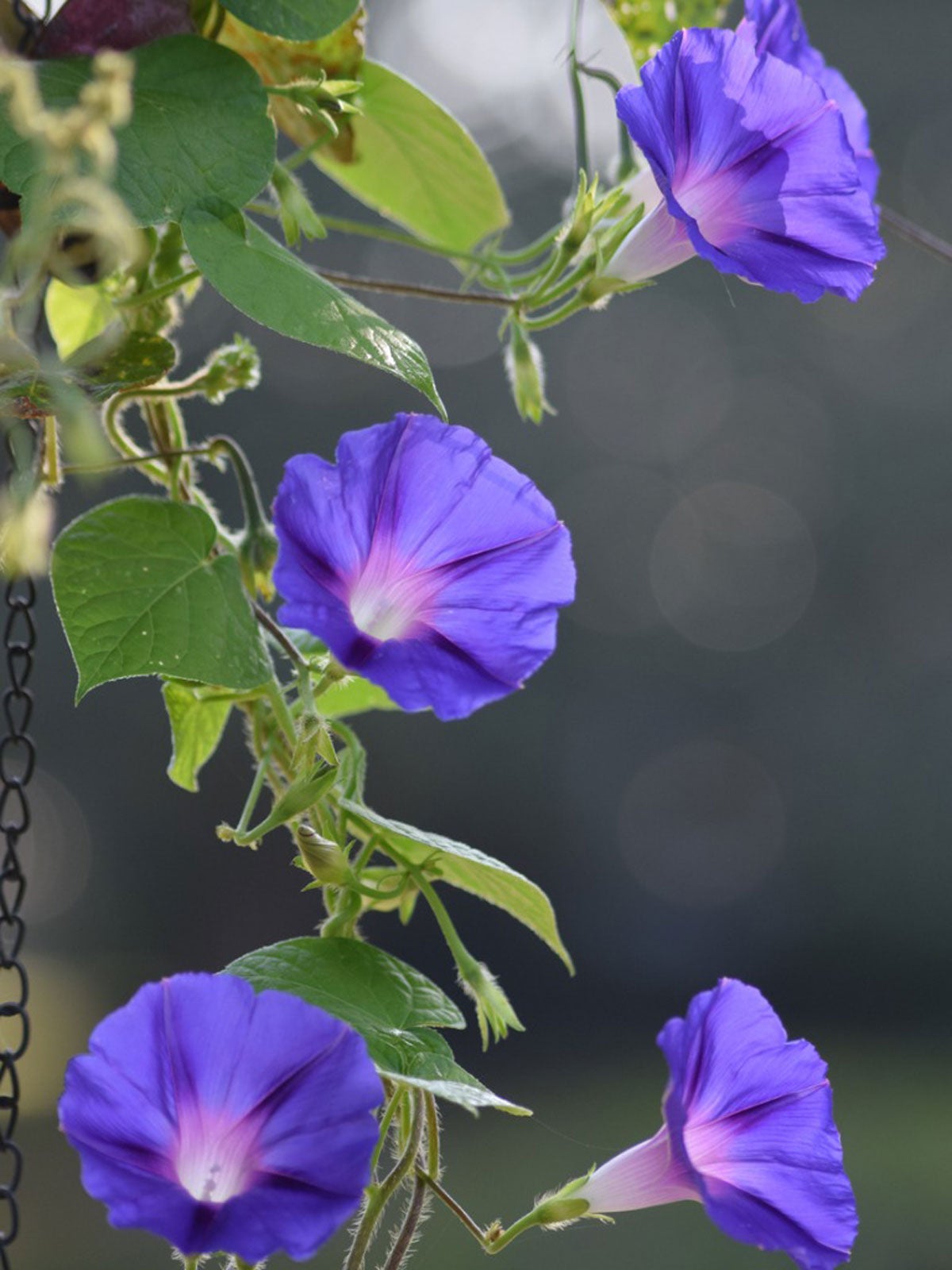 Growing Morning Glories From Seed: A Guide To Planting Morning Glory Seeds
Growing Morning Glories From Seed: A Guide To Planting Morning Glory SeedsBy Laura Miller
-
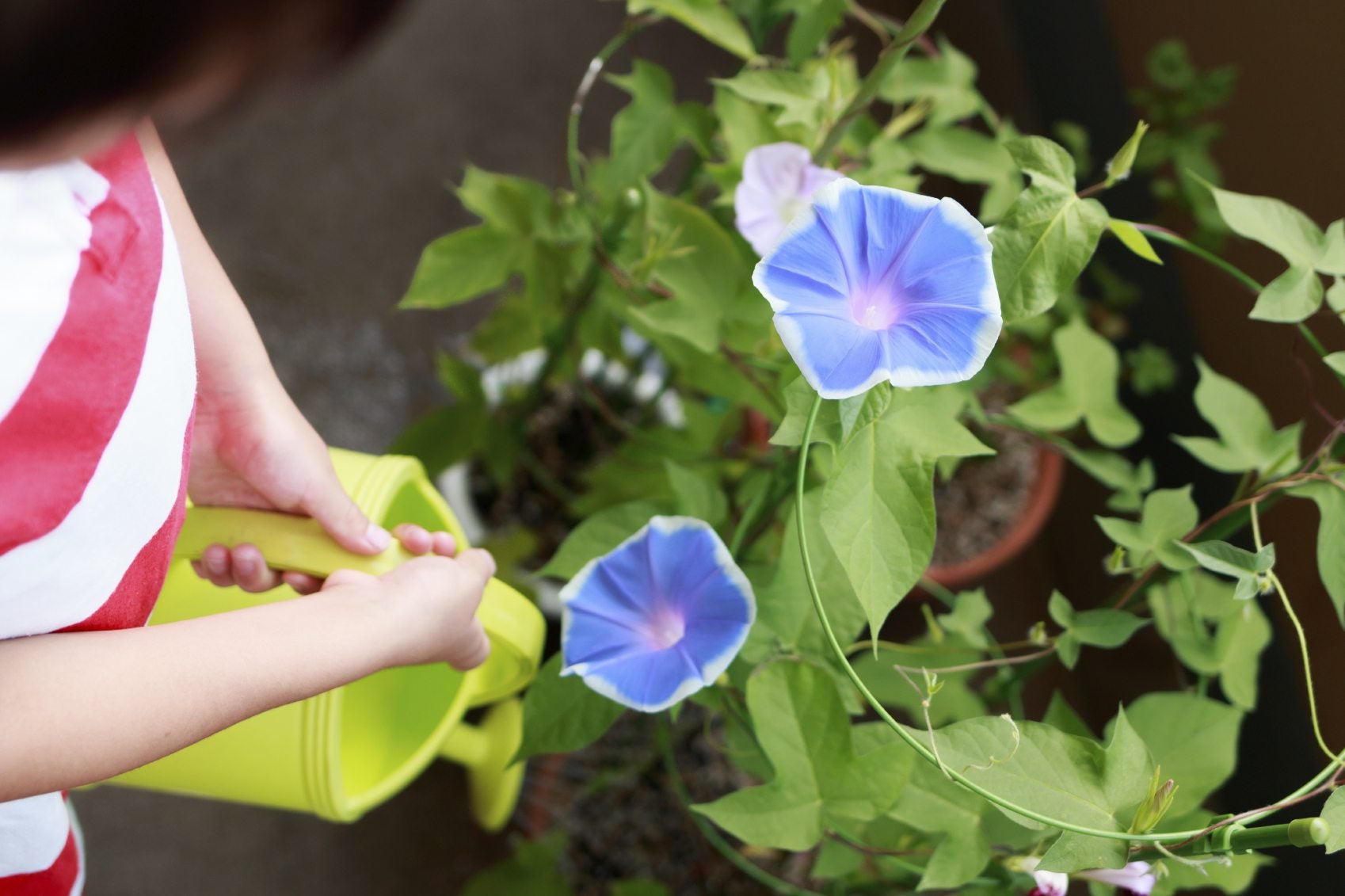 Watering Morning Glories: How Much Water Do Morning Glories Need
Watering Morning Glories: How Much Water Do Morning Glories NeedEasy care and fast growing, morning glories offer a sea of blossoms in pink, purple, red, blue and white. Like most other summer annuals, they need water to thrive. Click here for information about morning glory watering needs.
By Teo Spengler
-
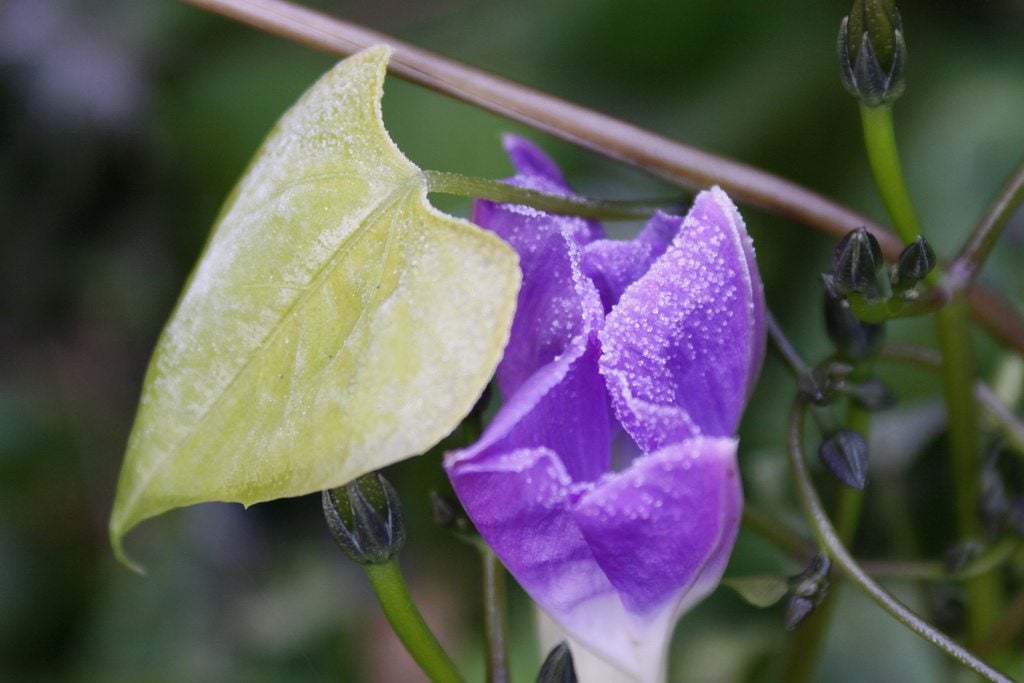 Yellow Morning Glory Foliage – Treating Yellow Leaves On Morning Glories
Yellow Morning Glory Foliage – Treating Yellow Leaves On Morning GloriesThere is a risk of yellowing leaves on morning glories, which can give the plants an unsightly look and damage their health. Click this article to learn about what to do when your morning glory leaves are yellow.
By Liz Baessler
-
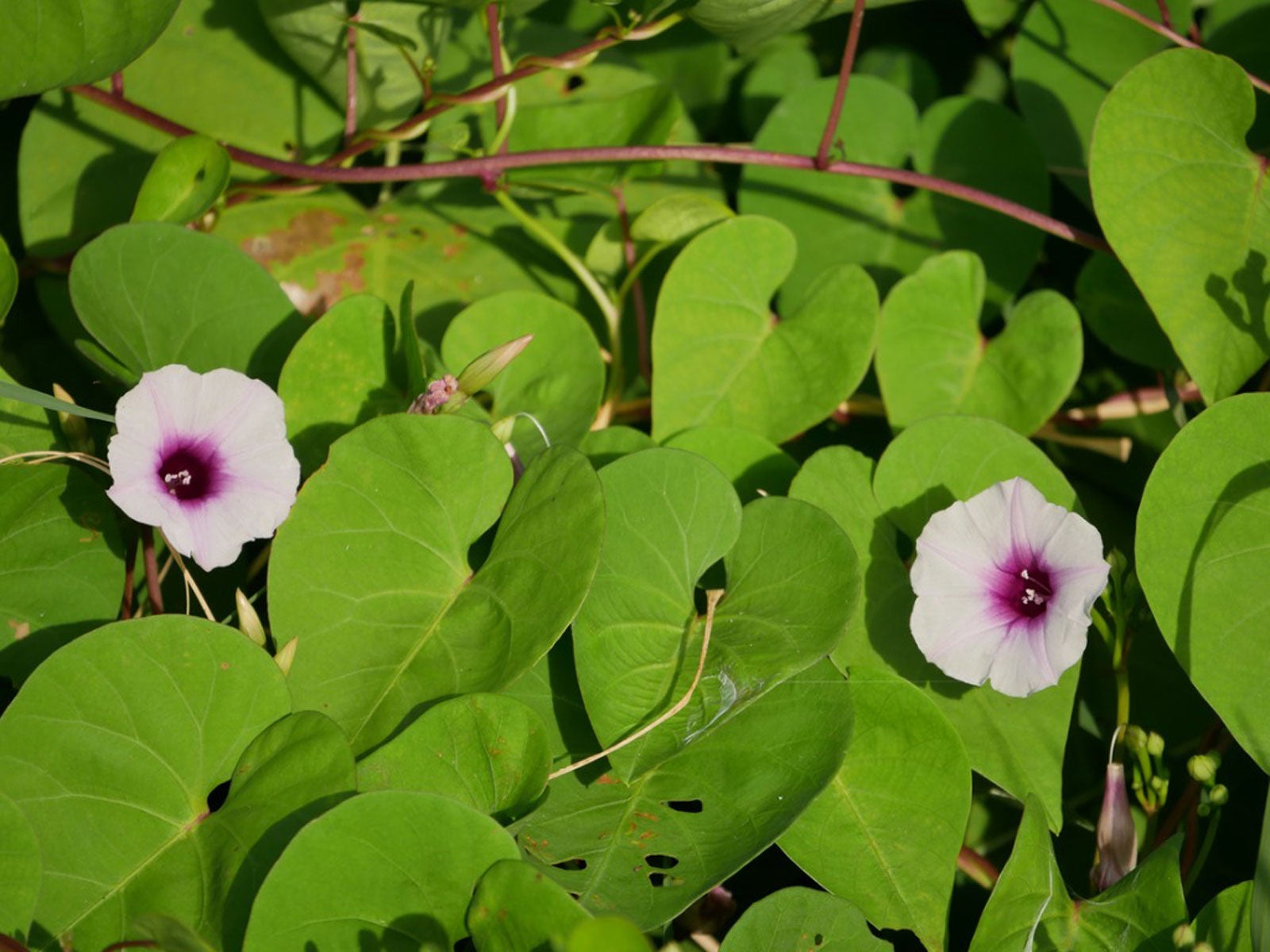 Why Morning Glory Is Not Blooming: Getting Morning Glories To Flower
Why Morning Glory Is Not Blooming: Getting Morning Glories To FlowerMorning glory is a prolific vining plant that produces masses of blooms. Non-flowering plants aren't the norm but is fixable. Click here for suggestions.
By Bonnie L. Grant
-
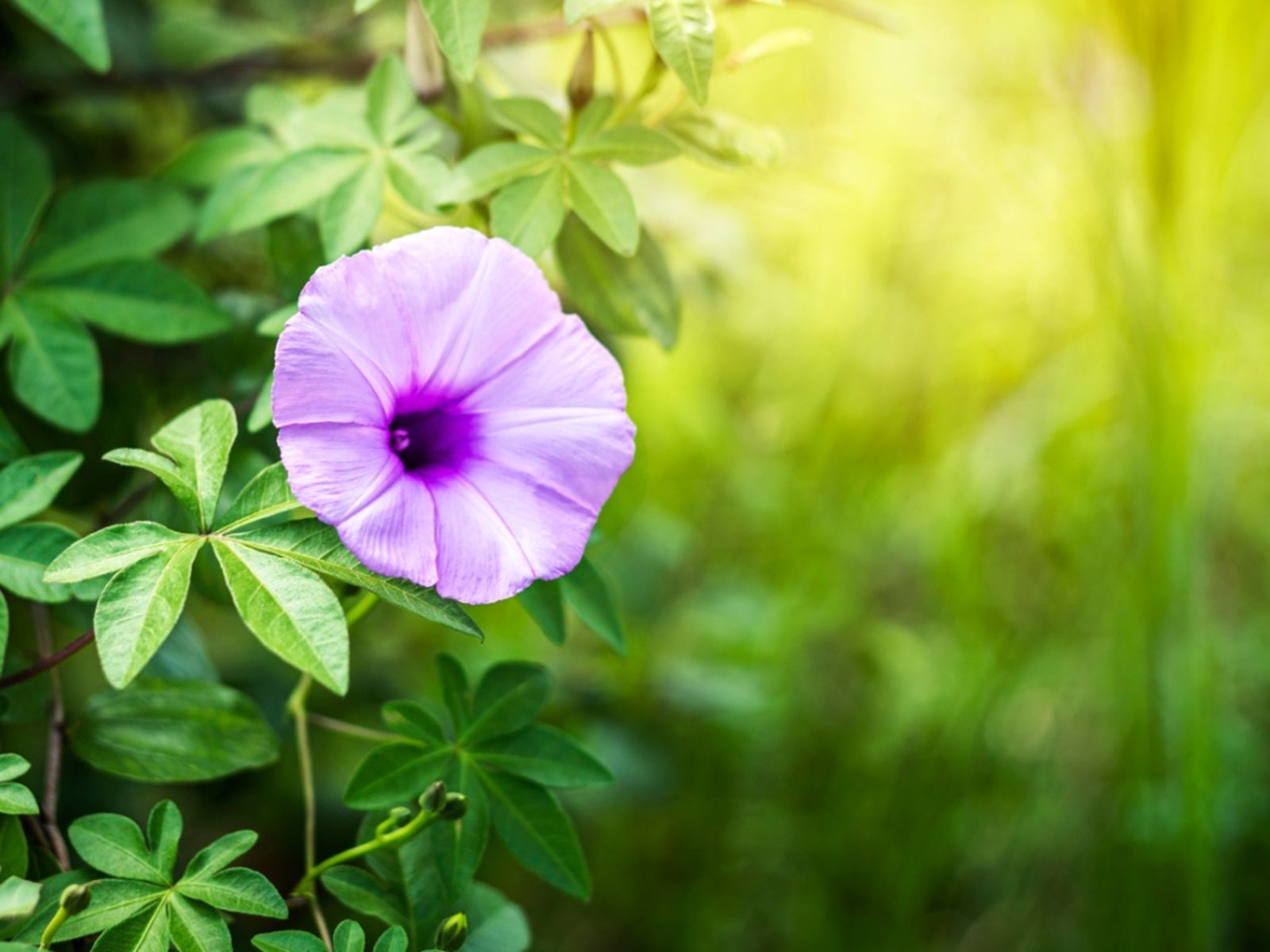 Morning Glory Pest Control: Dealing With Common Pests Of Morning Glory
Morning Glory Pest Control: Dealing With Common Pests Of Morning GloryMorning glories are hardy plants and are normally healthy, but sometimes insects on morning glory vines harm the health of the plant. Read this article to learn more about what pests you can expect.
By Susan Patterson
-
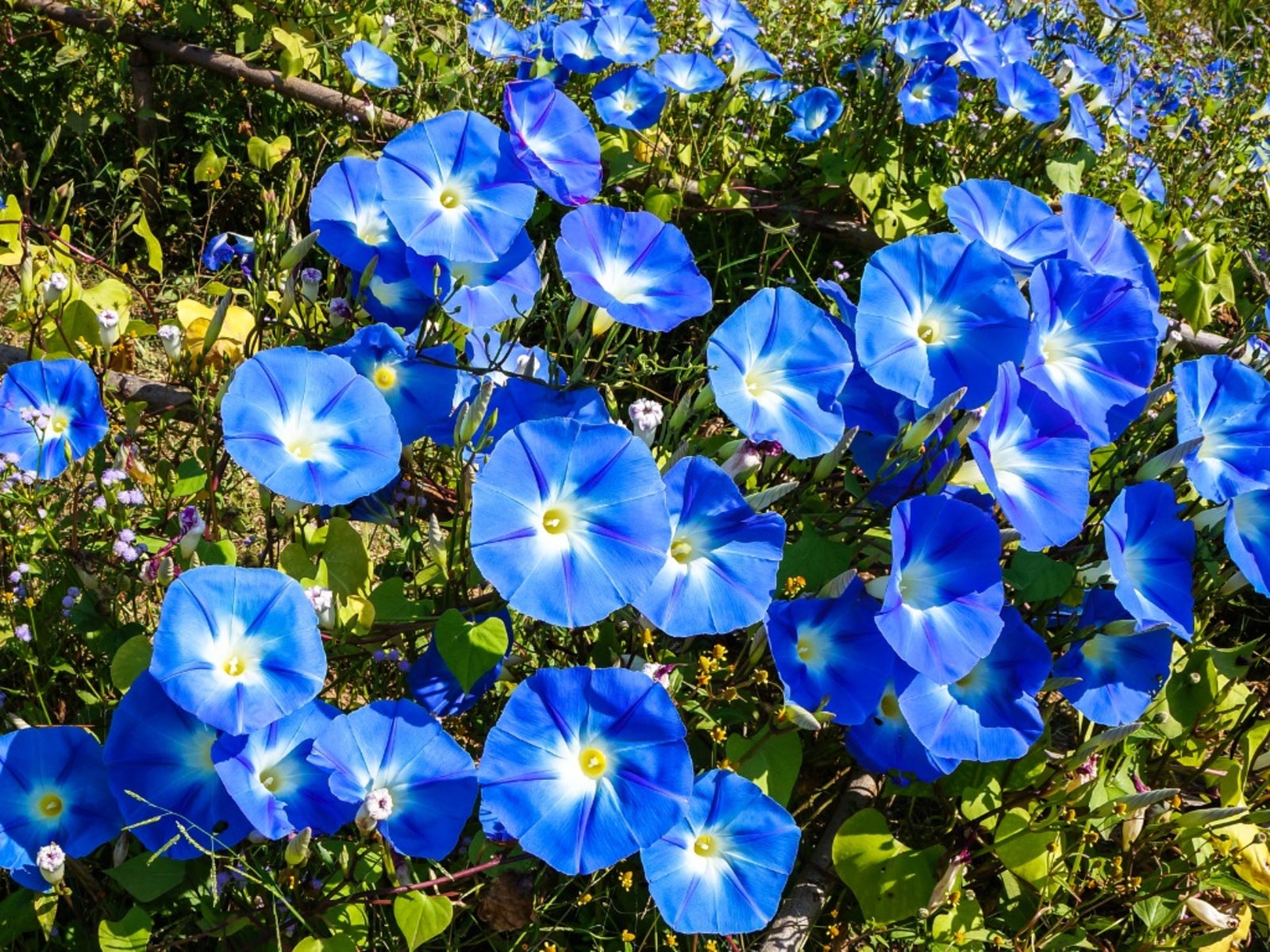 Problems With Morning Glories: Morning Glory Vine Diseases
Problems With Morning Glories: Morning Glory Vine DiseasesMorning glories are typically hardy vines; however, they can sometimes suffer problems. Read this article to find out what these may be and how to treat them promptly. Click here for more info.
By Susan Patterson
-
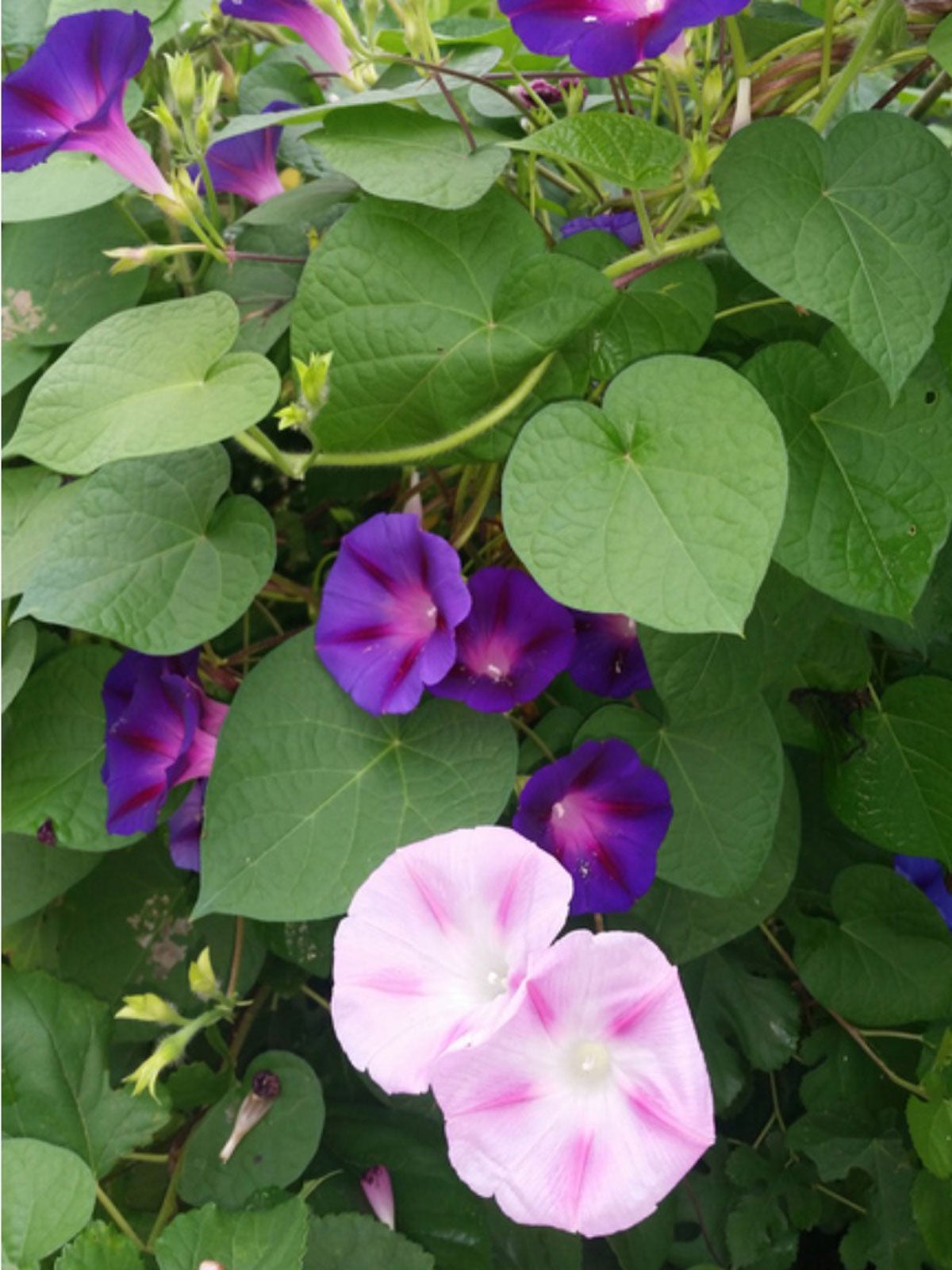 Morning Glory Trimming: When And How To Prune Morning Glory Plants
Morning Glory Trimming: When And How To Prune Morning Glory PlantsMorning glory vines can reach lengths of up to 15 feet (4.5 m.), twining themselves around anything. To keep these plants well managed, some morning glory trimming may be necessary. This article will help with that.
By Jackie Carroll
-
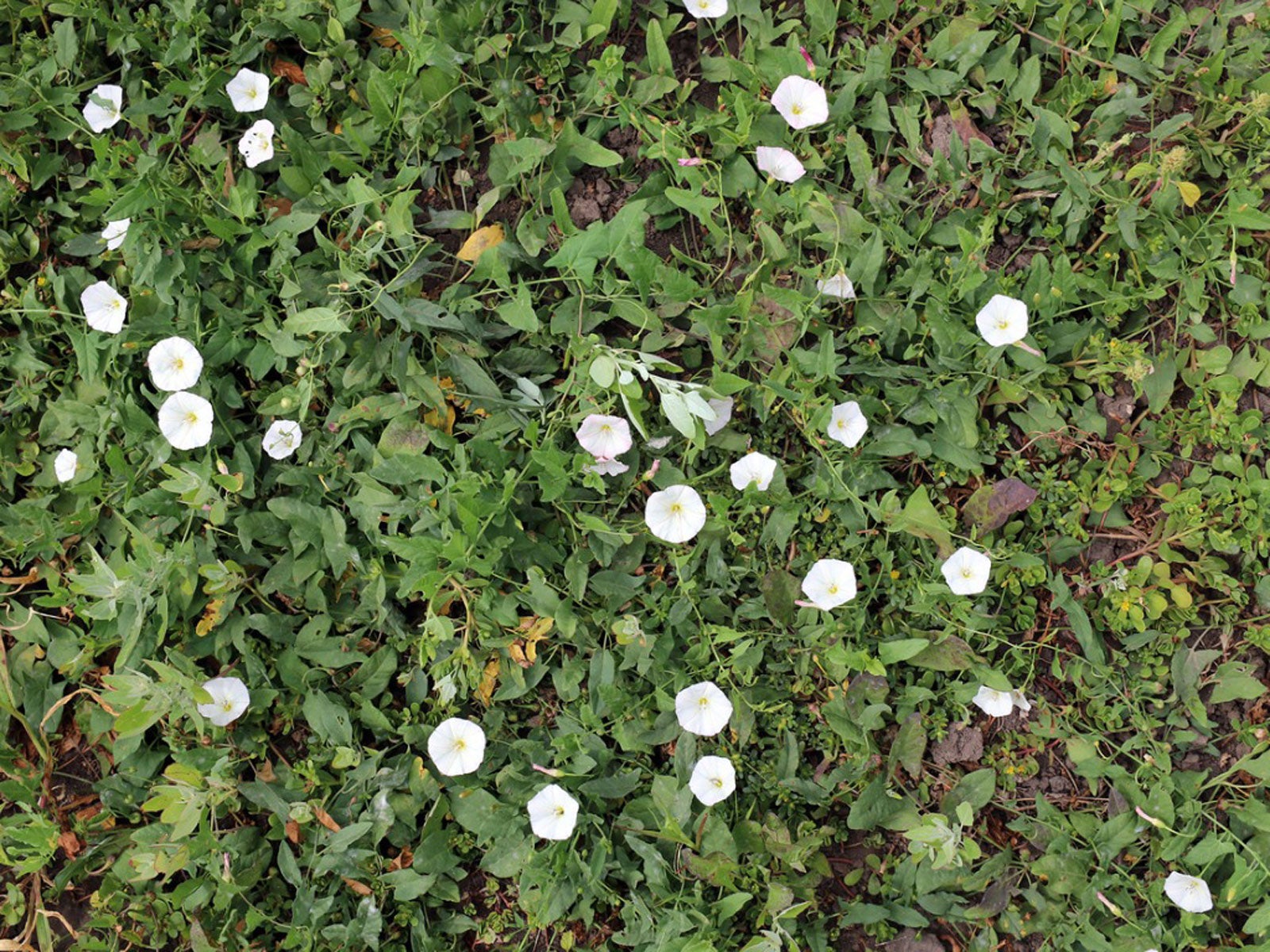 Morning Glory Control: How To Kill Morning Glory Weeds
Morning Glory Control: How To Kill Morning Glory WeedsMorning glory weeds in the garden can take over garden areas. So you may want to know how to kill morning glory weeds. This article will help.
By Bonnie L. Grant